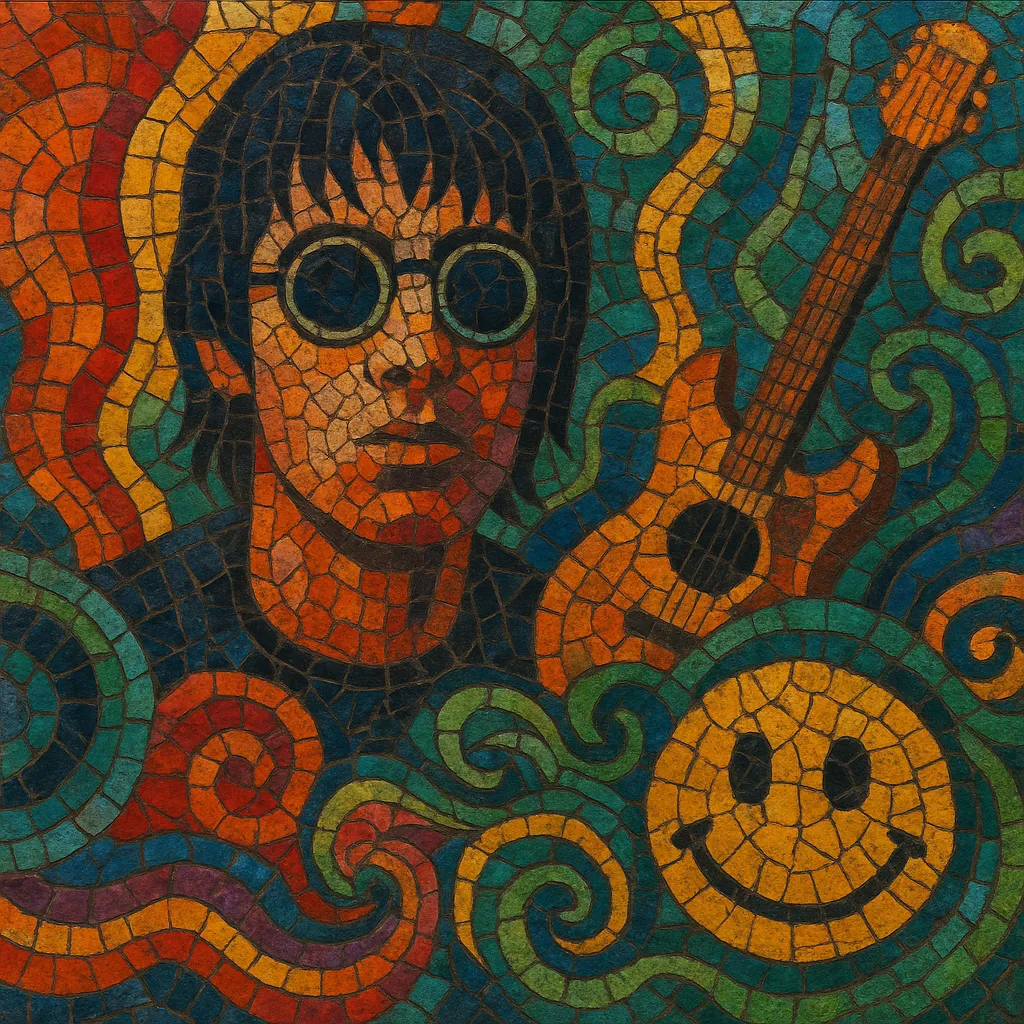Madchester is a late-1980s Manchester music scene and sound that fused jangly indie/alternative rock with acid house, funk, and psychedelic influences. It emphasized danceable grooves, repetitive basslines, baggy drum feels, and anthemic, chant-like choruses.
More than a sonic palette, Madchester was a cultural moment centered around Factory Records, the Haçienda nightclub, and a hedonistic rave-meets-guitar-pop aesthetic. Its artists bridged club culture and indie rock, popularizing house-derived rhythms and ecstatic, communal live energy within a band format.
Madchester emerged in Manchester, England, as post-punk and indie bands absorbed the city’s burgeoning club culture. Factory Records and the Haçienda became crucibles where house and acid house DJs shared space with guitar groups. Early adopters like New Order had already married dance rhythms with rock instrumentation, pointing the way for a new hybrid.
With ecstasy-fueled rave culture rising, bands such as The Stone Roses, Happy Mondays, and Inspiral Carpets crystallized the sound: shuffling, loose “baggy” beats; funk-informed bass; bright, chorus-laden guitars; and hypnotic, repetitive song structures. Landmark releases (e.g., The Stone Roses’ debut, Happy Mondays’ Pills ‘n’ Thrills and Bellyaches) and Haçienda-driven nightlife made Manchester a global pop-culture hotspot.
Madchester’s style extended beyond music to fashion (baggy jeans, bucket hats) and an inclusive, communal gig/club ethos. It helped normalize dance rhythms in British rock, setting the stage for mainstream acceptance of club-informed songwriting.
By the early 1990s, scene fatigue, industry pressures, and changing trends curtailed its momentum. Yet the blueprint—indie guitars over house/acid grooves—heavily informed Britpop’s swagger and later revivals of rock-meets-rave aesthetics, resurfacing in big beat, indietronica, dance-punk revivals, and 2000s “new rave.”


